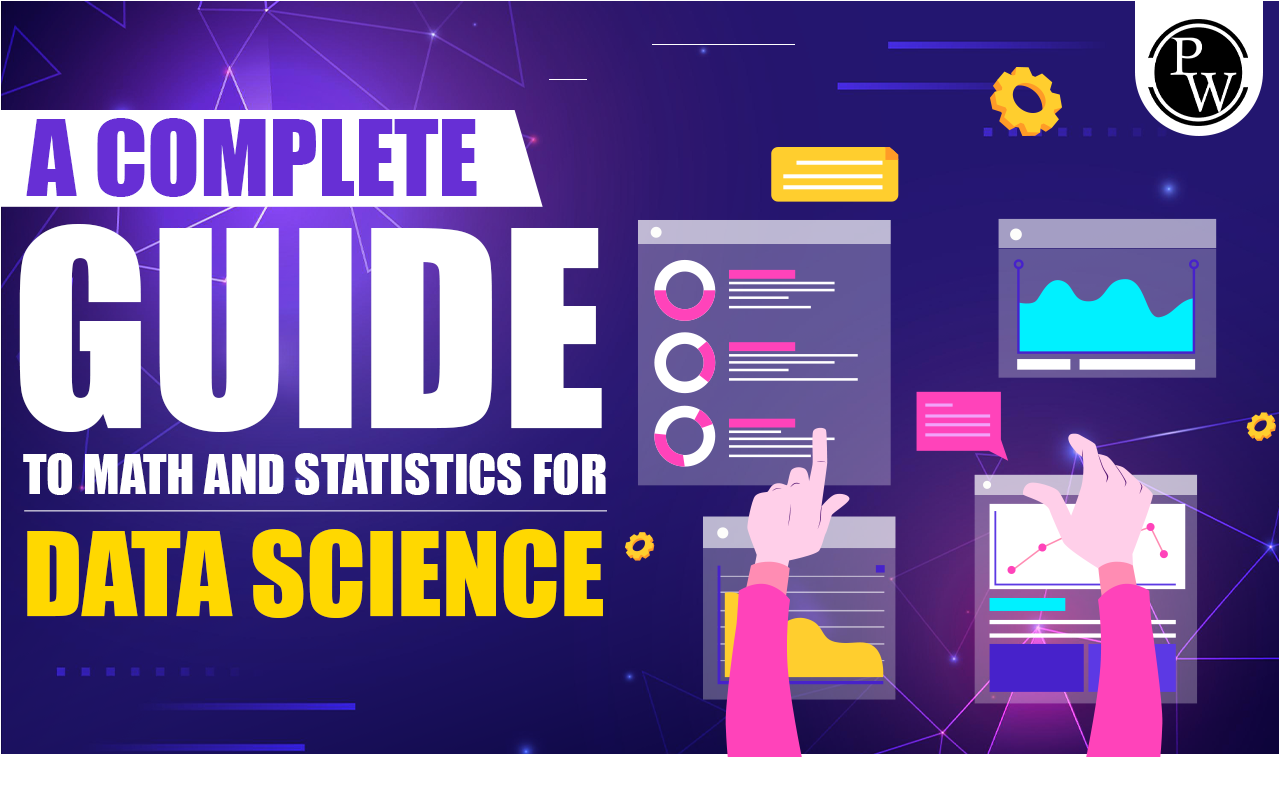Mathematics and Statistics are crucial in Data Science, forming the fundamental building blocks for all Machine Learning Algorithms. Think of them as the backbone of the technology that powers everything around us, from the shapes and patterns we see to the colors that catch our eye. Mathematics is like the hidden language that speaks to us through the petals of a flower and in countless other ways.
While it’s true that a Data Scientist needs to be skilled in programming languages, Machine Learning algorithms, and a data-driven approach, there’s more to Data Science than meets the eye. In this blog post, we’ll explore why Math and Statistics are vital in Data Science and how they serve as the bedrock for constructing advanced Machine Learning models.
Recommended Course
- Decode DSA with C++
- Full Stack Data Science Pro Course
- Java For Cloud Course
- Full Stack Web Development Course
- Data Analytics Course
Introduction to Math and Statistics for Data Science
Mathematics and Statistics are crucial in Data Science, forming the fundamental building blocks for all Machine Learning Algorithms. Think of them as the backbone of the technology that powers everything around us, from the shapes and patterns we see to the colors that catch our eye. Mathematics is like the hidden language that speaks to us through the petals of a flower and in countless other ways.
While it’s true that a Data Scientist needs to be skilled in programming languages, Machine Learning algorithms, and a data-driven approach, there’s more to Data Science than meets the eye. In this blog post, we’ll explore why Math and Statistics are vital in Data Science and how they serve as the bedrock for constructing advanced Machine Learning models.
In today’s business world, every organization is eager to become data-driven. That’s why there’s such a high demand for data scientists and analysts.
Data is just a bunch of numbers and information until we make sense of it. That’s where statistics come in handy. It gives us a toolbox of techniques to turn that raw data into valuable insights.
We use descriptive statistics to dig into the data and find its patterns and meaning. It’s like shining a light on all those numbers to see what’s happening.
Then comes inferential statistics, which helps us take small chunks of data and make big predictions about the entire population. It’s like tasting a spoonful of soup and knowing how the whole pot tastes.
Statistics helps us answer important questions like:
- Which factors matter the most?
- How should we set up experiments to figure out our product strategy?
- What key metrics should we keep an eye on?
- What’s the most likely outcome, and what’s just random noise?
These questions pop up daily for data teams, and having statistical tools in our arsenal helps us find the answers. But it’s not just about setting up fancy models; it’s about understanding what the data is trying to tell us. That’s where the real power of statistics shines through.
Why is mastering statistics so vital?
In today’s business world, every organization is on a mission to be data-driven. That’s why there’s a surge in demand for data scientists and analysts.
But here’s the thing: Just having data isn’t enough. To tackle problems, answer burning questions, and chart an intelligent course, we’ve got to unlock the secrets hidden within that data. That’s where statistics steps in with its handy toolkit of techniques.
Think of it this way: Data is like scattered puzzle pieces. We can start putting those pieces together until we use descriptive statistics to see the bigger picture.
And when it comes to making predictions and decisions, inferential statistics is our trusty sidekick. It lets us take a small slice of data and make educated guesses about the whole enchilada.
So, mastering statistics isn’t just a nice-to-have skill; it’s the key to transforming data into valuable insights that drive organizations forward.
PW Skills Provide Various Platform
Frequently Asked Questions
Q1. What are the fundamental math and statistics for data science?
Ans. Linear algebra is precisely the kind of math skill that you have to learn, followed by statistics, calculus, and so on. To become a successful data scientist, we will teach you how to learn the mathematics structure.
Q2. How do I practice statistics in data science?
Ans. Before starting a data science career, you must understand essential statistics concepts like regression, maximum chance, distribution, priors, posteriors, conditional probability, Bayesian theorem, and basic knowledge of machine learning.
Q3. Is maths or statistics better for data science?
Ans. Data scientists need to be familiar with statistics, among other areas. In some cases, people with a background or education in statistics can gain additional knowledge through a degree program or job training and begin a data science career.
Recommended Reads
Data Science Interview Questions and Answers
Data Science Internship Programs





